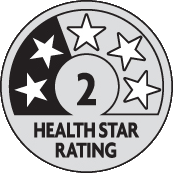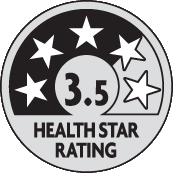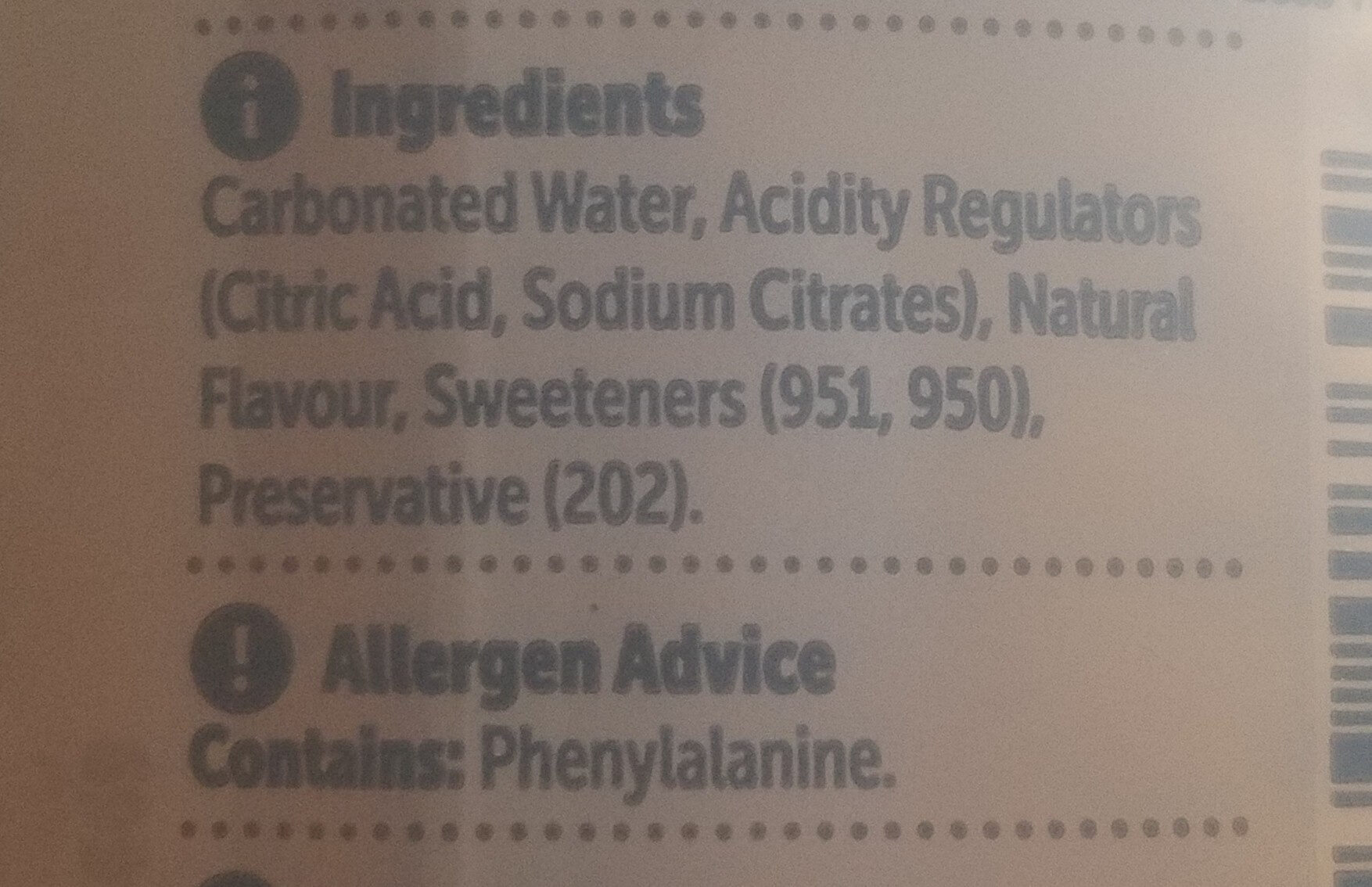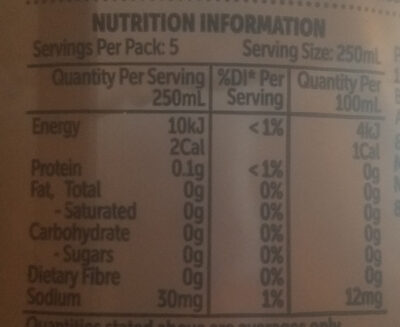Lemonade Zero Sugar - Woolworths - 1.25 L
This product page is not complete. You can help to complete it by editing it and adding more data from the photos we have, or by taking more photos using the app for Android or iPhone/iPad. Thank you!
×
Barcode: 9300633417604 (EAN / EAN-13)
Quantity: 1.25 L
Brands: Woolworths
Categories: Beverages, Carbonated drinks, Artificially sweetened beverages, Sodas, Diet beverages, Diet sodas
Labels, certifications, awards:
Health Star Rating, Health Star Rating 2, Health Star Rating 3.5

Stores: Woolworths
Countries where sold: Australia
Matching with your preferences
Environment
Packaging
Transportation
Report a problem
Data sources
Product added on by clockwerx
Last edit of product page on by archanox.
Product page also edited by charlesnepote, openfoodfacts-contributors, packbot.
If the data is incomplete or incorrect, you can complete or correct it by editing this page.








